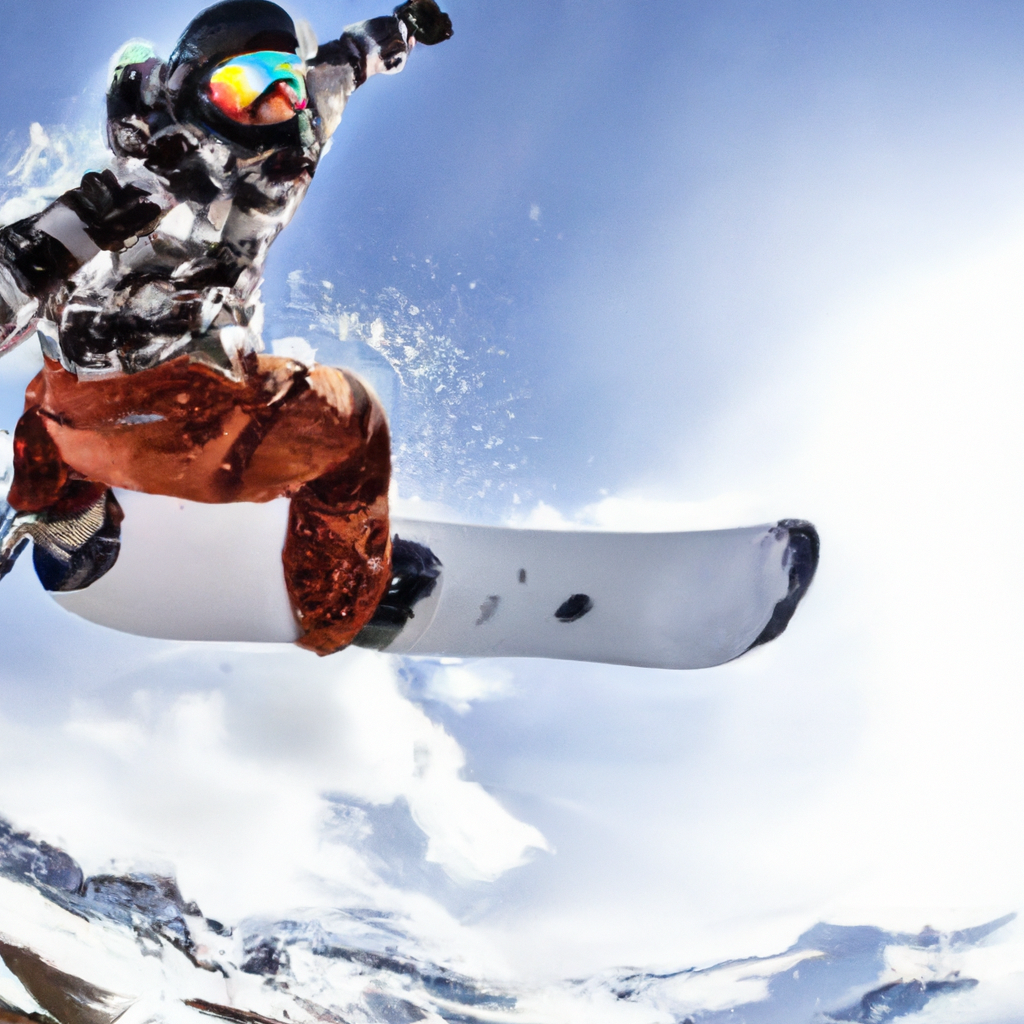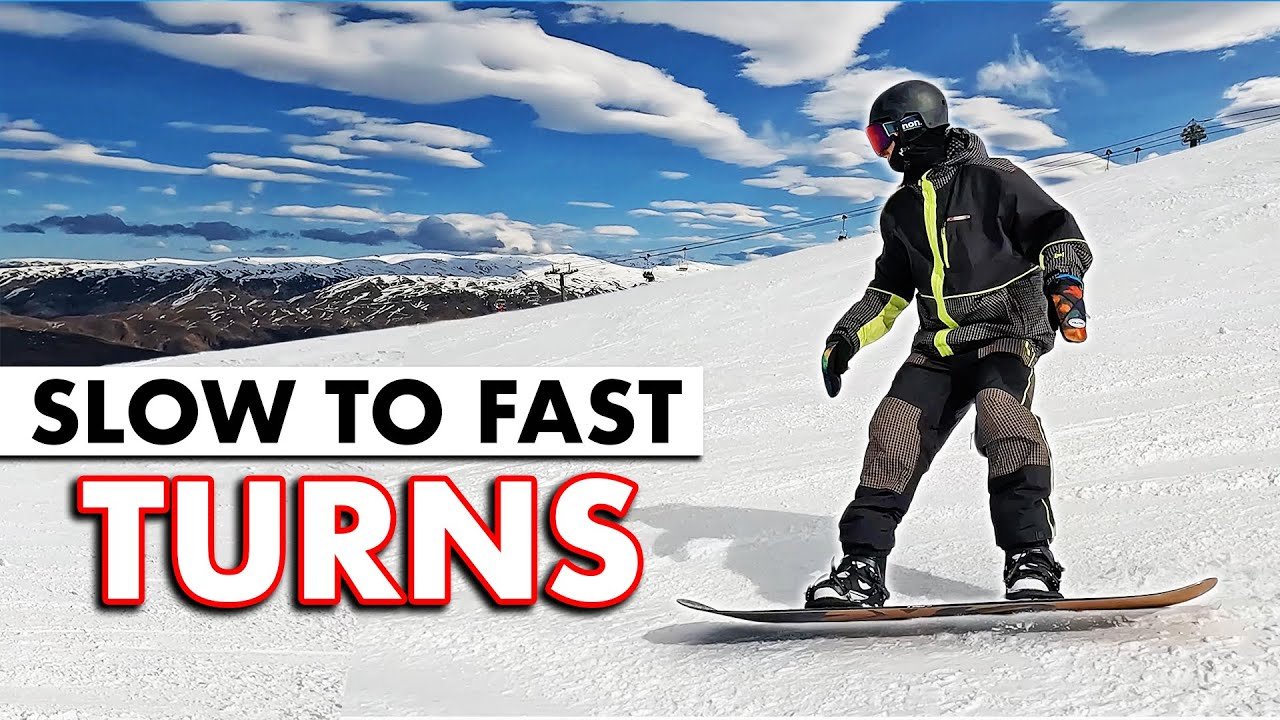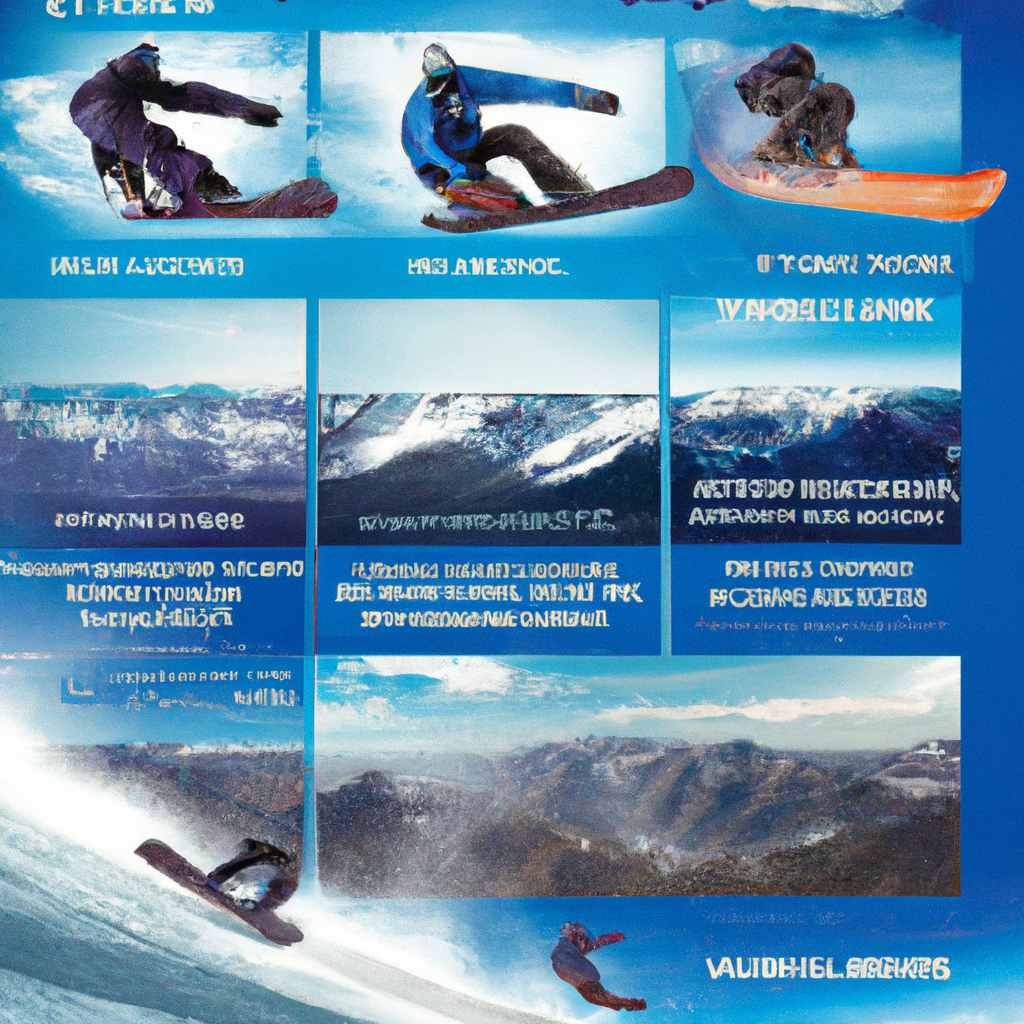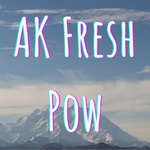
Slow to Fast Snowboard Turn Progression
Hey, what’s up everyone? Kevin here from SnowboardProCamp. In this video, he shares some tips to help beginners progress from slow, beginner turns to fast, advanced turns. By gradually increasing turn speed, riders can gain more control over their snowboard and tackle different terrains with confidence. Starting with slow turns, beginners learn the fundamental skills needed for faster turns. In slow turns, riders control their speed at the end of the turn, allowing their snowboard to turn sideways and spray snow down the slope, helping to regulate speed and set up for the next turn. To steer through these slow turns, riders use big movements, such as facing their chest to the top or bottom of the slope, and letting the snowboard run straight for a moment during edge transitions. As riders progress to medium speed turns, they shift their focus to controlling speed earlier in the turn and spraying snow out the side. Using smaller movements in their front knee, hip, and shoulder, they can anticipate the turn and steer more efficiently. Additionally, edge transitions become quicker, with almost no time between edges, allowing for smoother, faster turns. Finally, in fast and advanced turns, riders spray snow even earlier in the turn, control speed to transition quickly, and mainly use the bottom half of their body to steer. By counting in their heads, riders can establish a rhythm and maintain consistent turn size from slow to fast turns. With these tips, beginners can progress their snowboarding skills and ride with more confidence. So grab your gear and hit the slopes! Snowboarding is a thrilling sport that allows individuals to glide down snowy slopes and experience the exhilaration of being in control of their own movements. Whether you are a beginner or an advanced rider, it is important to have a solid foundation of skills to progress and take your turns to new levels of speed and control. In this article, we will explore the slow to fast snowboard turn progression and provide tips and techniques to help you improve your snowboarding abilities.
Building a Strong Foundation with Slow Turns
When starting off with snowboarding, it is essential to focus on building a strong foundation of skills. Slow turns are a great way to develop these fundamental skills that will serve as the building blocks for more advanced turns. While slow turns may feel less exhilarating compared to faster turns, they are crucial for mastering the basics of controlling speed and steering your snowboard.
Controlling Speed at the End of the Turn
In slow turns, it is essential to focus on controlling your speed at the end of each turn. By doing so, you can ensure that your snowboard turns sideways, allowing you to spray snow down the slope. Spraying snow down the slope helps you maintain control and set yourself up for the next turn.
Using Big Movements to Steer the Snowboard
To steer your snowboard effectively in slow turns, it is necessary to use larger movements. For a toe turn, face your chest towards the top of the slope and allow your hips, knees, and snowboard to follow suit. Similarly, for a heel turn, face your chest towards the bottom of the slope, and the rest of your body and snowboard will naturally follow. These bigger movements help you navigate the turns smoothly.
Transitioning from One Edge to the Next
When transitioning from one edge to the next, it is crucial to leave a gap where your snowboard runs straight and flat down the hill. Allowing your snowboard to run straight for a moment provides you with extra time, ensuring that your turn comes around smoothly. This transition is essential for maintaining control and stability during your turns.
Controlling Speed and Spray in Medium Speed Turns
Once you have built a strong foundation with slow turns, you can begin to focus on progressing to medium speed turns. Medium speed turns require more finesse and control compared to slow turns. By mastering these skills, you will gain greater control over your speed and spray, allowing you to navigate more challenging terrains confidently.
Controlling Speed Earlier in the Turn
In medium speed turns, it is crucial to control your speed earlier in the turn. By doing so, your snowboard will not have to come all the way around sideways, enabling it to stay pointed more straight down the hill. This adjustment helps you maintain control and stability as you navigate the turns.
Using Smaller Movements to Steer the Snowboard
Instead of relying on larger movements, as in slow turns, medium speed turns require smaller movements to steer your snowboard effectively. By using your front knee, front hip, and front shoulder, you can anticipate and initiate the turns with precision. Steering with smaller movements allows you to turn your snowboard without overcommitting to each turn.
Going from One Edge to the Next at a Faster Pace
To increase your speed in medium turns, it is crucial to transition from one edge to the next at a faster pace. Instead of allowing your snowboard to run straight down the hill between edges, strive for seamless and quick edge changes. Rock from your heel edge to your toe edge and vice versa, minimizing any time where your snowboard is running flat. These quick edge changes contribute to your ability to control speed and maintain momentum.

Taking Turns to a Fast and Advanced Pace
Once you have mastered the skills required for slow and medium speed turns, you can progress to faster and more advanced turns. These turns require a higher level of skill, precision, and control. By following the tips outlined below, you can achieve fast and advanced turns in no time.
Spraying Snow Even Earlier in the Turn
To achieve fast turns, it is essential to spray snow even earlier in the turn. Aim to spray snow at the top of the turn or even up the hill if possible. By spraying snow at this stage, you gain greater control over your speed and can transition into the next turn quickly and smoothly.
Using the Bottom Half of the Body to Steer
In fast turns, it is crucial to focus on using the bottom half of your body, including your knees and hips, to steer. By doing so, you can quickly turn your snowboard without overcommitting to one turn or the other. Keeping your upper body in a more neutral position allows for efficient and precise movements.
Twisting the Snowboard for Quicker Turns
To further enhance your ability to turn quickly, try twisting your snowboard. Begin by engaging the edge of your snowboard’s front foot first, allowing the side cut of the snowboard to aid in a quicker turn. This technique utilizes the design of the snowboard for improved maneuverability and control.
Quick Edge Changes Between Turns
In fast turns, aim for seamless and rapid edge changes. Minimize any period where your snowboard is flat, and transition directly from your heel turn to your toe turn and vice versa. By eliminating unnecessary flat periods, you can maintain speed, control, and momentum as you navigate the turns.
Bonus Tip: Using Counting to Maintain Rhythm and Progression
As you progress through the different stages of turn progression, it can be helpful to use counting to maintain rhythm and track your progression. By creating a mental rhythm through counting, you can keep your heel and toe turns consistent in terms of size and timing. This consistency promotes smoother transitions and enhances your overall snowboarding technique.
Counting to Maintain Momentum in Slow Turns
When practicing slow turns, count to four or five in your head. This counting rhythm helps you maintain momentum and ensures that your turns are consistent in size and timing. By focusing on counting, you can gradually improve your control and build a strong foundation for future progress.
Counting to Maintain Rhythm in Medium Turns
In medium turns, reduce the count to three or four in your head. By shortening the count, you challenge yourself to maintain a faster rhythm and keep your turns precise. This adjustment helps you develop a greater sense of timing and control as you navigate the slopes.
Counting to Maintain Speed in Fast Turns
For fast turns, reduce the count to one or two in your head. At this stage, your turns require maximum speed and precision. By counting to one or two, you challenge yourself to maintain the fastest rhythm possible, ensuring that your turns are quick, controlled, and aligned with your desired speed.
By incorporating counting into your snowboarding practice, you can create a consistent rhythm that allows for smoother progression and improved technique. Additionally, counting provides insight into your progression from slower turns to faster and more advanced turns, showcasing your growth and development as a snowboarder.
In conclusion, progressing from slow to fast snowboard turns requires a combination of skill, technique, and practice. Building a strong foundation with slow turns, focusing on controlling speed and spray in medium speed turns, and mastering the skills required for fast and advanced turns are essential steps in this progression. Additionally, utilizing counting to maintain rhythm and progression can help you track your improvement and maintain consistency in your turns. Remember, snowboarding is a sport that requires patience, dedication, and a willingness to push yourself beyond your comfort zone. With time and practice, you can achieve the thrill and control of fast and advanced snowboard turns.

